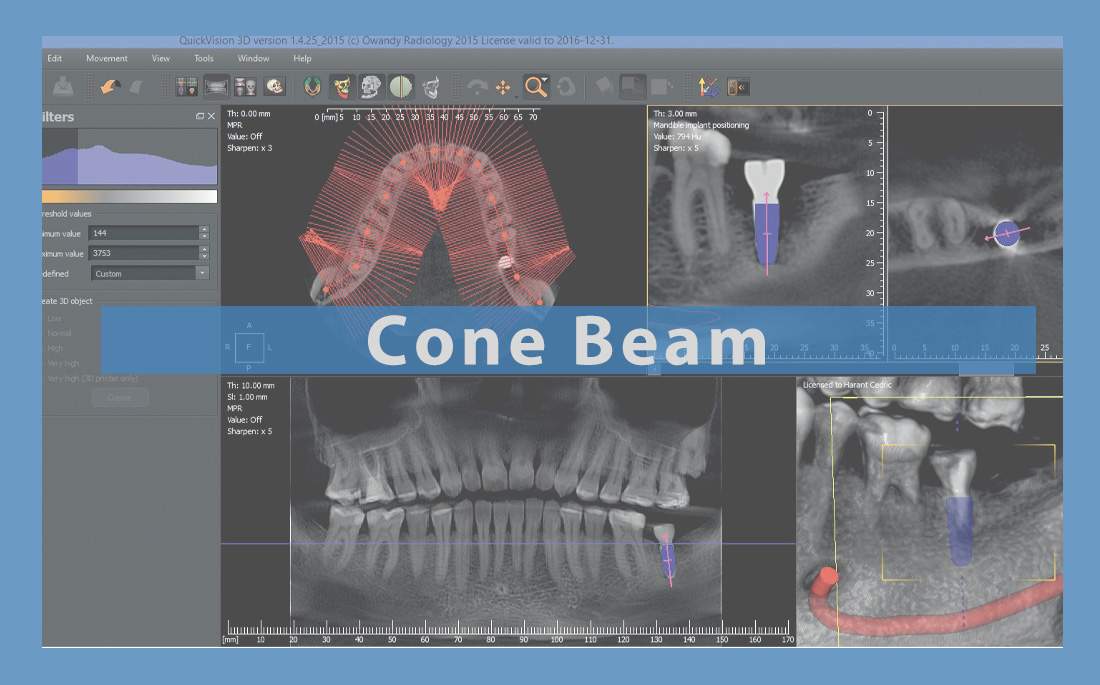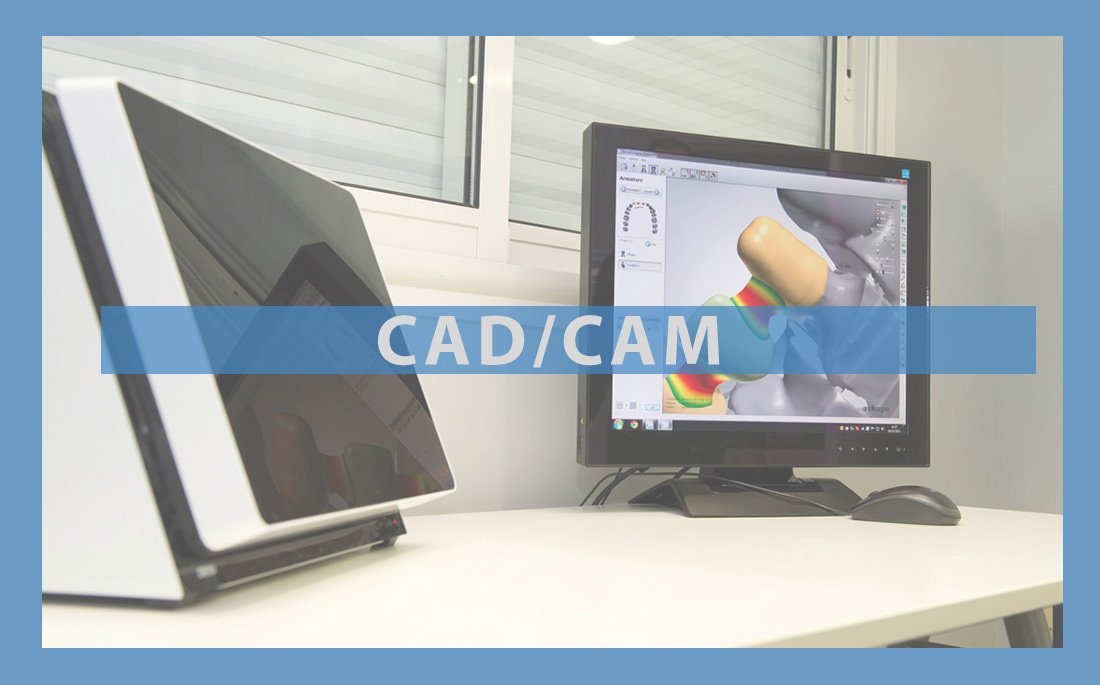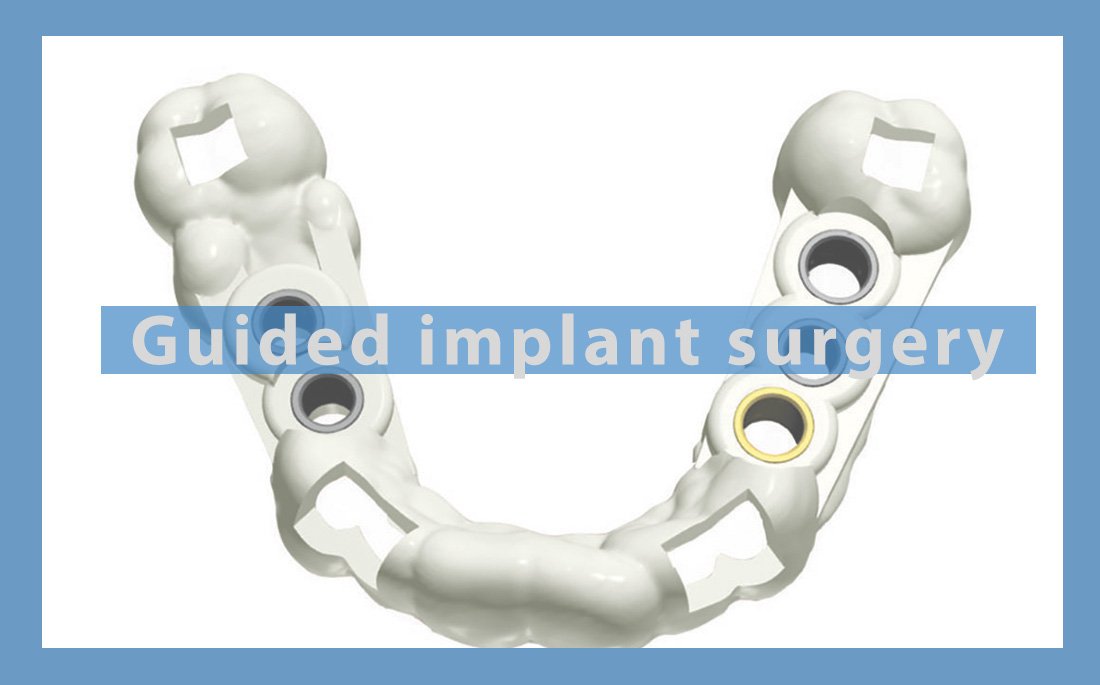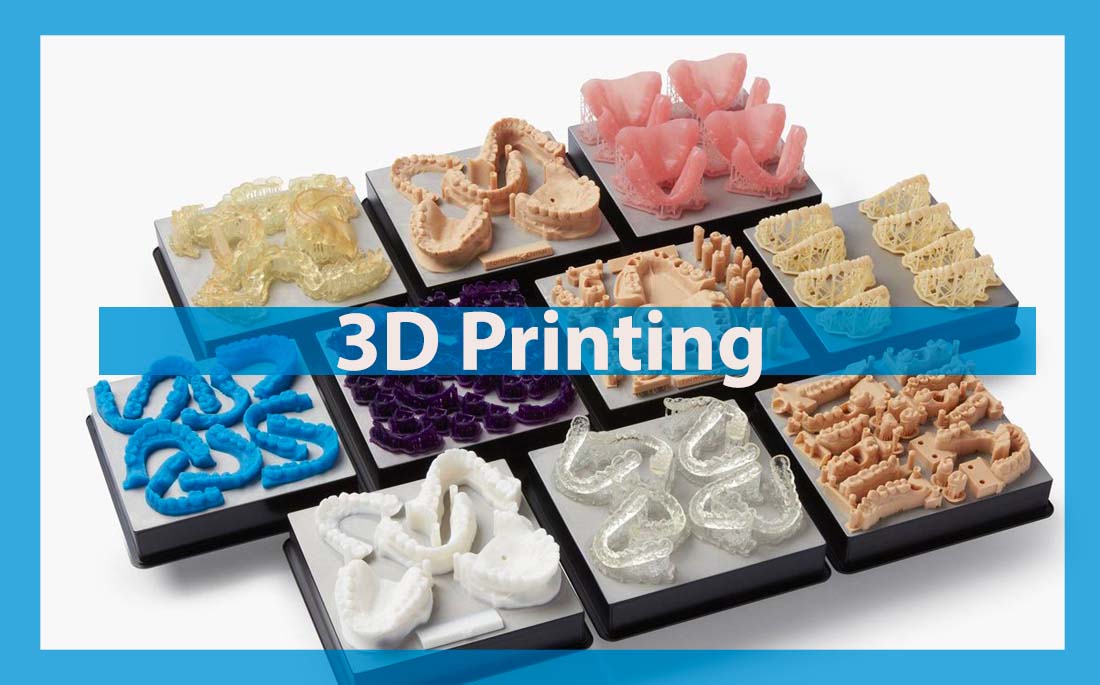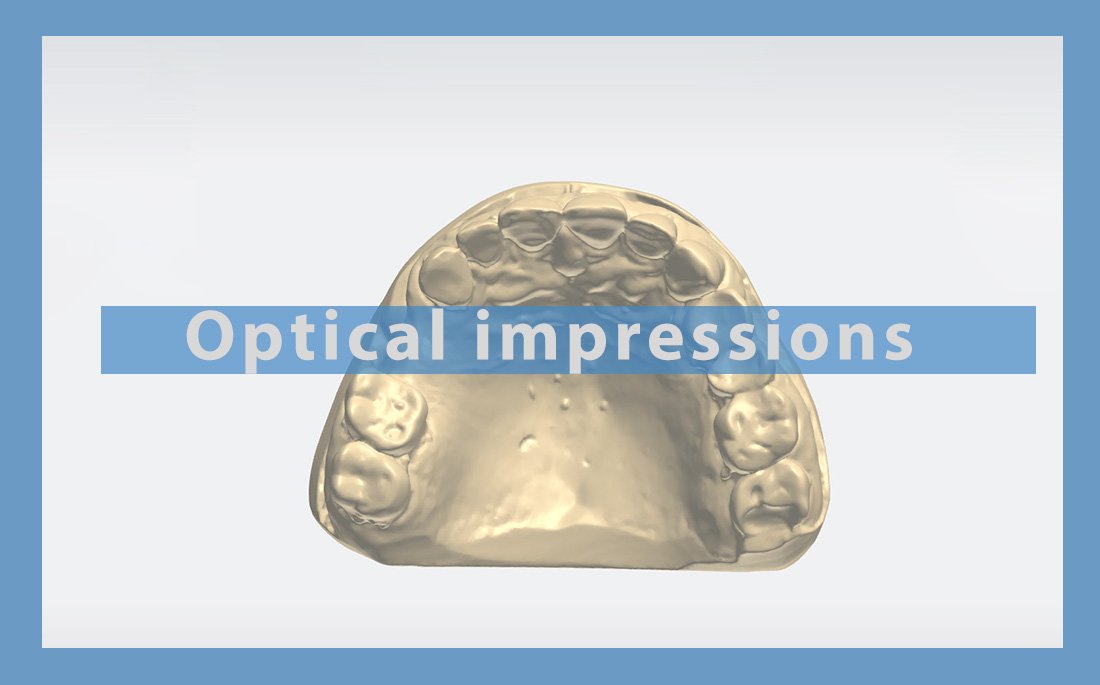CBCT : Cone beam computed tomography for dental implants surgery
CBCT : Cone beam computed tomography for dental implants surgery Introduction Establishing an accurate dental implant diagnostic involves a painstaking clinical examination, often supplemented by additional radiological exams. Cone Beam or CBCT (Cone Beam Computed Tomography), and also known as digital cone beam volumetric tomography, is a rapidly growing 3D sectional imaging technique. It can be harnessed to explore calcified tissues, i.e. bones and teeth. This article will be examining this revolution in dento-maxillary imaging, which has been widely adopted in dental surgeries, opening...









